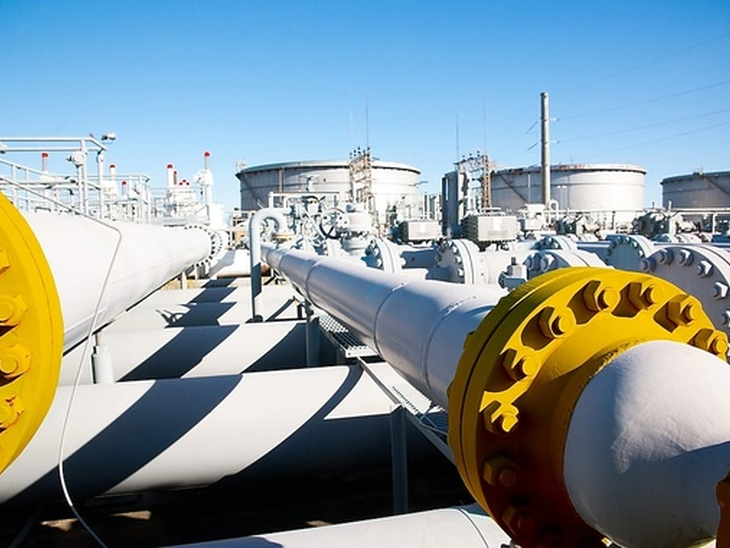Gas consumption in Brazilian industry recovers and grows 7.2% in the first quarter of 2021
T&B Petroleum/Press Office
27/05/2021 15:20

Consumption of natural gas in industry grew by 7.2% in the first quarter of 2021 (1Q21) compared to the figures for the same period in 2020. In the first three months of the year, industrial consumption reached 28.4 million cubic meters per day, on average, compared to 26.5 million cubic meters / day in the first quarter of 2020. The data includes a monthly statistical survey by Abegás with distributors across the country.
The performance of the industrial segment was one of the main factors that increased the country's total consumption in 1 Q21. The increase, in the sum of all segments, was 12.3%. From January to March, the country consumed 70.7 million cubic meters / day. In the same period last year, it had reached 62.9 million cubic meters / day.
“The recovery of the industry is a positive sign. There are already more than 3,500 industries connected to the network of concessionaires in 16 states and the growth in consumption in this segment works as an activity indicator, although below expectations for this year due to the second wave of covid-19. Our expectation is that, with the advance of the vaccination campaign, these numbers may improve in the second quarter ”, says Augusto Salomon, president of Abegás.
“One of the points that concerns us is the strong impact of the readjustment in the price of the gas molecule, applied in May by Petrobras, for the competitiveness of the input in relation to other energy sources. We regret that our proposals to mitigate the weight of the transfer to final consumers have not found convergence, ”says Salomon.
Another segment that accounted for the country's total consumption was electricity generation. Thermoelectric dispatch was 31.2 million cubic meters / day (1Q21), against 25.1 million cubic meters / day (1Q20). This represents an increase of 24.2%.
“Brazil is going through one of the most serious water crises in its history, especially in the Southeast-Midwest sub-system, where we had the worst month of April since 1931, when the records began, as noted by the Minister of Mines and Energy, Bento Albuquerque. It is not a fortuitous episode, it has been getting worse since 2014. And thermal generation using natural gas would be the best alternative to preserve and recover the hydroelectric reservoirs. pre-salt natural gas, which would encourage the reduction of reinjection levels and the monetization of gas. In parallel, it is necessary to review the country's energy planning, giving a clear signal of demand and expansion of gas-fired thermoelectric generation. It is unacceptable that with the immense reserves of natural gas, the country will once again live with the hydrological risk and the low levels of the reservoirs, in addition to continuing to be natural gas importers.
The inflexible gas thermal plants, located in strategic regions, can make all the difference so that the country can grow again with energy security, internalizing the infrastructure. The national production of natural gas can give a shock of competitiveness, contributing, at the same time, for the expansion of the renewable sources and minimizing the risk of intermittence of the generation from these sources.
Other segments - The cogeneration segment followed the pace of the industrial recovery and showed a slight increase of 0.5% in consumption. This went from 2.2 million cubic meters / day (1Q20) to 2.3 million cubic meters / day (1Q21). However, other consumer segments continue to suffer the impacts of the pandemic. An example is the automotive, which registered 5.4 million cubic meters / day (1Q21), a 5.1% drop in volume compared to 5.7 million cubic meters / day in the first three months of last year.
The most affected, however, was the commercial segment, which saw a 19% drop in consumption. This was due to measures to restrict the operation of bars and restaurants during the so-called second wave. The residential segment remained practically stable. It stood at 1.137 million cubic meters / day, compared to 1.147 million cubic meters / day in the first three months of 2020, with a slight negative variation of 0.8%.


